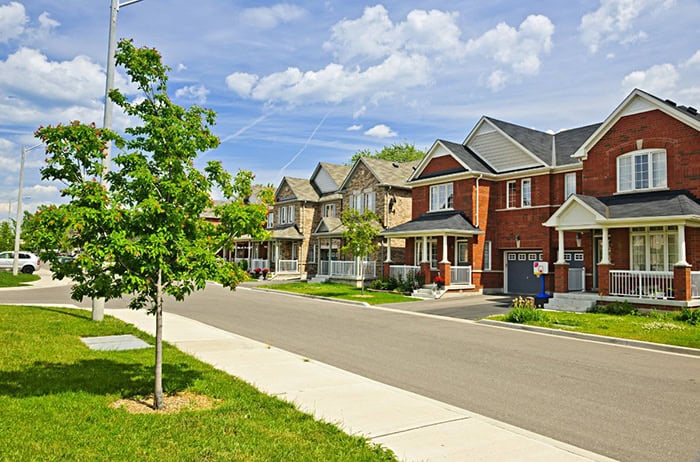By: Bianca Gallina, Staff Geologist
With a growing global population, the demand for material resources is exponential. Copper, gold, lithium, cobalt, and rare earth elements (REEs) are some of the popular resources being extracted faster than ever before for everyday items like batteries and electronics. What many people don’t realize is how much earth is moved to get these critical minerals out of the ground. After the valuable minerals are extracted, most of what is removed from the ground is considered waste, known as tailings. Overall, the concentration of valuable ore to waste rock mined is becoming less and less. This reduction combined with increased demand has led to a large increase in tailings volumes.
Tailings contain residual metals, minerals, and chemicals that can pose environmental and health risks if not properly managed. However, with correct management, tailings can be utilized to recover the residual materials they contain. Mining is nothing new, and neither are tailings piles. In the past, many mines were abandoned without proper reclamation efforts, leaving behind massive amounts of waste that continue to contaminate surrounding areas. With billions of tons of tailings produced worldwide every year, mine waste provides a massive resource with potential for critical raw materials in short supply.

Benefits of Re-Processing Tailings
To get the residual materials out of the waste rock, the tailings must be re-processed. Recovery of lithium from mine tailings is a relatively new concept, but technologies for recovering other minerals such as copper and REEs from mine waste have already been developed and in-use, each with their own advantages and limitations. Common methods for reprocessing mine tailings include floatation, cyanide leaching, gravity separation, magnetic separation, and heap leaching.
Reprocessing tailings not only helps remove potentially hazardous pollutants from the environment, but also stops further disturbance in the first place. Instead of opening new mines or expanding current mine pits, reprocessing tailings offers a resource from already disturbed areas. Although mining companies have commonly been incentivized to delay rehabilitation to maximize remailing value, there has been an increased pressure from stakeholders and investors to improve environmental, social governance (ESG) and consider progressive rehabilitation strategies, making reprocessing tailings an essential part of modern mining.
Geopolitical Challenges
Additionally, many geopolitical challenges of mining have led to a push towards exploiting domestic resources, and reprocessing tailings is a critical way to help meet the high demands of US commercial needs while alleviating some environmental concerns of mining “in our backyard”. With the increased demand for these minerals and limited domestic supply, there is an increased reliance on imports. Many of these critical minerals can be found in the United States, but obstacles such as permitting can often delay the inception of mining projects. It can take over ten years for a project to go from identifying a deposit to mining it, making it extremely difficult to quickly bolster domestic supply. Turning towards reprocessing historical tailings may offer a way to speed up the process of increasing our domestic supply of critical minerals that we need for every aspect of life.
Re-Mining
Although many active mines implement reprocessing into their current operations, it is important to focus on reprocessing historical tailings at closed and legacy mine sites. Historical mines often processed higher grade ore than today but had less efficient extraction and processing techniques. Therefore, concentration of some valuable minerals in old tailings piles may surpass some ores mined today or at least be significant enough to make “re-mining” economically attractive. Recent advancement in mining technologies also allows for more efficient extraction to get the most out of a deposit as possible, even with declining ore grades.
A Source for ‘New’ Minerals
Historical tailings also offer a source for newly popular minerals that have recently increased in demand due to new technologies. Some materials that may have been considered waste before could now be considered a critical material, such as REEs. Additionally, the extraction of desired materials such as copper, iron, and zinc can be accompanied by other metals and minerals as by-products. One example is vanadium, which is a by-product of uranium mining. Vanadium slag is a hazardous pollutant, but vanadium is a strategic metal used in steel that has increased in demand for urban construction, aerospace, manufacturing, and nuclear industry. Looking to recover vanadium from tailings would offer a new supply for this desired material while mitigating environmental risks.
Reprocessing for Sustainability
Reprocessing tailings, specifically historical tailings, is an emerging solution for meeting society’s growing demand for earth’s materials while relieving environmental concerns. Even though prevention over post-processing is the most ideal move towards sustainability, there are already billions of tons of tailings waiting to be re-processed for critical minerals. Historic mine tailings offer a viable source of responsible metals production and should be prioritized in the exploration sphere of the mining industry.

New Uses for Tailings
Land containing mine waste can even be reclaimed to build living communities, such as Salt Lake Valley’s own community of Daybreak that was built on old evaporation ponds. When Rio Tinto bought Kennecott they removed and cleaned-up the contaminated soils and water to standards that exceeded those of the U.S. Environmental Protection Agency (EPA) and Utah Department of Environmental Quality (UDEQ). Today Daybreak Communities is a sustainable use of post mining land that offers a clean and energy smart living solution for its families and residents.

